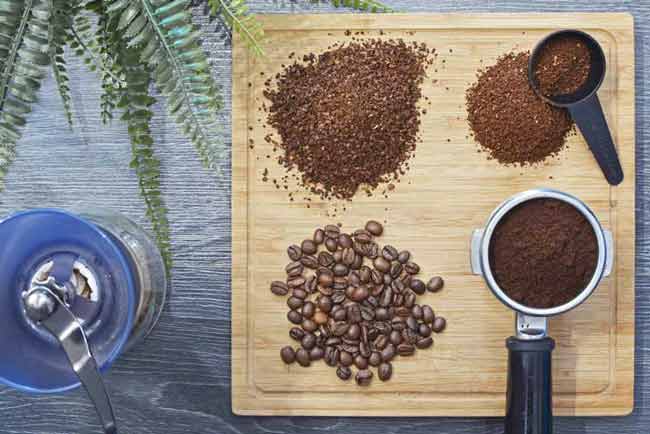In the world of coffee, there’s a unique and rewarding experience in crafting your own blends. DIY coffee blends allow you to tailor your cup to match your flavor preferences and experiment with the diverse range of coffee beans available. Join us on a journey into the art of blending as we explore the steps to create your perfect cup of coffee at home.
Understanding Coffee Beans
Before diving into the blending process, it’s crucial to understand the characteristics of different coffee beans. The two primary types of coffee beans are Arabica and Robusta. Arabica beans are known for their nuanced flavors and acidity, while Robusta beans offer a strong, full-bodied profile with a higher caffeine content.
Selecting Your Beans

- Single-Origin Beans: Start with single-origin beans to appreciate the unique flavors of a specific region. Experiment with beans from Ethiopia for fruity and floral notes, or try Brazilian beans for a nutty and chocolatey profile.
- Blending Arabica and Robusta: Combining Arabica and Robusta beans allows you to create a balanced blend. Arabica provides complexity, while Robusta adds depth and crema. Adjust the ratio based on your preference for flavor and caffeine intensity.
- Exploring Flavor Profiles: Consider the flavor profiles you enjoy. Do you prefer a bright and acidic cup, or do you lean towards a bold and earthy taste? Knowing your preferences will guide your bean selection.
DIY Blending Techniques
- Trial and Error: Begin with small batches to experiment with different ratios of beans. Keep a record of each blend, noting the flavor, aroma, and body. This will help you refine your process over time.
- Mixing Roast Levels: Combine beans with different roast levels to add complexity. A blend of light, medium, and dark roasts can create a well-rounded cup with layers of flavor.
- Adding Flavor Elements: Enhance your blend with flavor elements like spices, herbs, or even dried fruit. Experiment with a pinch of cinnamon or a touch of vanilla for a personalized touch.
Grinding and Brewing

- Grinding Consistency: Ensure that all beans are ground to a consistent size. This consistency promotes an even extraction during brewing.
- Brewing Methods: Different brewing methods extract flavors differently. Experiment with pour-over, French press, or espresso to find the method that complements your blend.
Storing Your Blend
- Airtight Containers: Store your DIY blend in airtight containers to preserve freshness. Keep the containers in a cool, dark place away from direct sunlight.
- Freshness Timeline: Aim to consume your blend within two weeks to a month for optimal freshness. Coffee begins to lose its flavor over time, especially once it’s ground.
Conclusion
Creating your own coffee blend is a delightful journey that puts you in control of your coffee experience. From selecting beans to experimenting with flavors, the world of DIY coffee blends is as diverse as the coffee itself. Enjoy the process, savor the results, and raise your cup to the art of home coffee blending.





